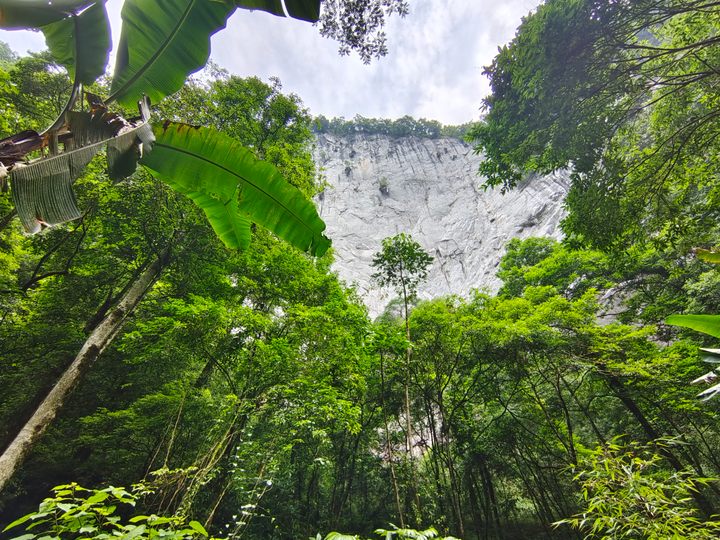
Descending Into the Lush Underworld of China’s Newly Discovered Sinkhole
The country’s karst terrain is fertile ground for massive caves, and a new-found hype for adventure.
On a clear day in May 2022, scientist Yuanhai Zhang and explorer Lixin Chen stood on the edge of a giant hole, trying to get a glimpse inside. All they could see were plants. “Villagers today no longer go to the mountains to collect firewood and hunt for food, so plants have overtaken the Tiankeng,” says Chen, founder of the Guangxi 702 Cave Expedition Club, who led the expedition in Leye, in southern China’s Guangxi Zhuang Autonomous Region.
Tiankeng, or “heavenly pit,” is the Mandarin name for these enormous sinkholes, a common feature of the karst terrain, which is formed by groundwater eroding limestone. The process slowly creates underground chambers, which are revealed when their roofs collapse, says Zhang, a senior engineer at the Institute of Karst Geology of the China Geological Survey.
This particular tiankeng in Leye was first identified on satellite images by experienced sinkhole-finder Hongying Wu, nicknamed “Crow.” A long-time enthusiast, Wu spends his spare time pouring over satellite images, sharing finds in a closed network of explorers in the region. After he spotted this sinkhole, a team of eight scientists and explorers—Wu included—was then assembled to confirm its existence.


Chen led the descent. He anchored the rope along a secure path that avoided hazards such as falling rocks. One by one the team followed down the vertical cliff, each member carrying nearly 40 pounds of equipment, food, and water.
It didn’t take long for the group to reach some ground to walk on, but it wasn’t yet the sinkhole’s bottom. To get there they had to navigate through a verdant, ancient forest, towering up to 130 feet above them. Dense undergrowth covered the rock-strewn floor, and the sun-thirsty vines reached the shoulders of the explorers.
The environment reminded Chen of the the movie Avatar, he says. “The tree vines were entangling us like spider webs and you have no idea how deep your next step was going to be,” he says. “The plants were so brittle that you could pull them down with your hands, but they’d recover just as quick. When we came back [up], the path was hidden again.”
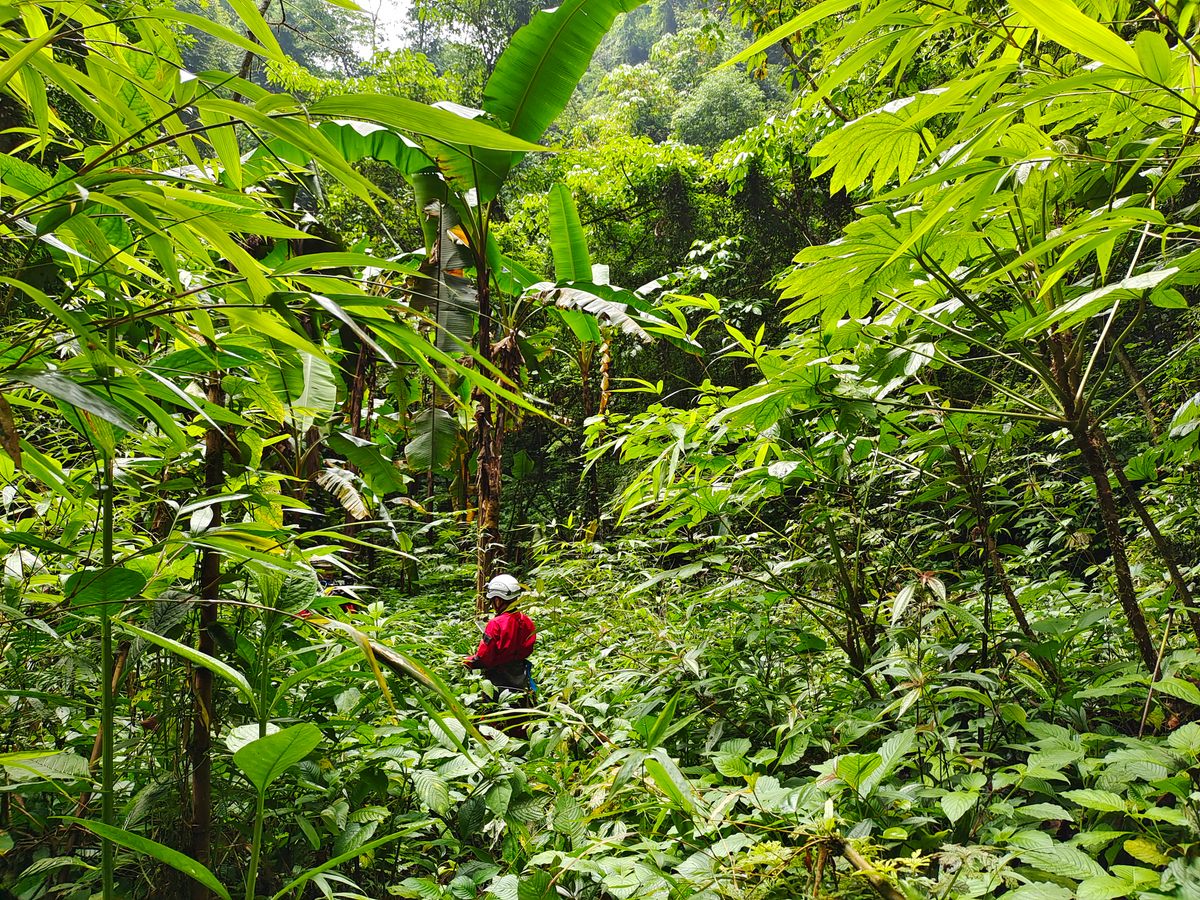
After a few hours, the team finally reached a small patch of flat ground that marked the pit’s lowest point—630 feet from the surface, roughly the height of a 58-story building, with a volume exceeding 170 million cubic feet. After seeing a family of eagles circling above, the explorers named the tiankeng The Eagle.
Zhang estimated the sinkhole to have opened up within the last 100,000 years. “Once a tiankeng is created, it’ll start degrading,” he says.
This newest discovery is no novelty for Leye, which has a cluster of 29 known tiankengs. They make up the world’s largest sinkhole group, with the Dashiwei sinkhole there being the second largest in the world. (The world’s largest, Xiaozhai tiankeng, is also in southwestern China.) In 2015, Leye’s massive sinkholes and majestic underground caves were designated by UNESCO as part of the Leye-Fengshan Global Geopark.

A number of favorable climatological and geological factors led to southwestern China’s sinkhole windfall. “The region’s subtropical climate, with heavy rainfall and heat appearing at the same time, means that carbonate rocks are being dissolved more quickly,” Zhang says. “The steep topographical drop from the Tibetan Plateau to Sichuan Basin, combined with heavy precipitation, make our sinkholes larger and more plentiful.”
It wasn’t until 1985 that modern sinkhole and cave exploration took off in China, when the Single Rope Technique, which helps explorers descend and ascend vertical slopes more safely and efficiently, was introduced to the country. Before that, Zhang says, they relied on ladders made of vines and bamboo, or lowered themselves down in a cart or basket, like going down a well.
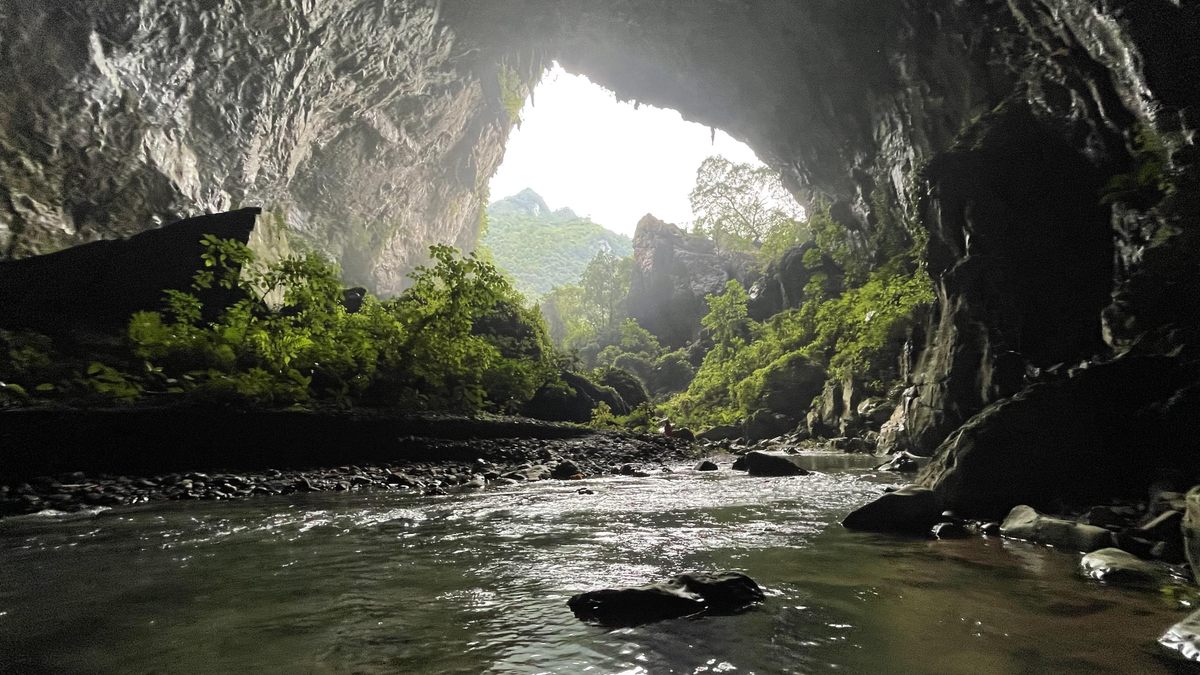
Initial exploration of these features was driven by hydrogeological surveys to identify underground water sources for irrigation. “The history and evolution of underground rivers can be found through the investigation of sinkholes,” Zhang says. But today, the heavenly pits are seen more as sources of biodiversity. “Sinkholes could be a sanctuary for some creatures because there is no human interference.”
In June, the group ventured down The Eagle several more times, bringing an even larger team of scientists and a television crew. The explorers also entered three chasms on the cliff of the sinkhole and found caves inside that had already collapsed. Marks on the walls, however, hinted at the existence of the ancient underground river that created them. Outside The Eagle, scientists found more smaller, degraded sinkholes, which appear to confirm their hypothesis that this sinkhole group is distinct and unconnected to the famed Dashiwei group in Leye. When the team descended into a vertical shaft hole southeast of The Eagle, along the estimated path of the ancient river they found a small underground lake with turquoise water.
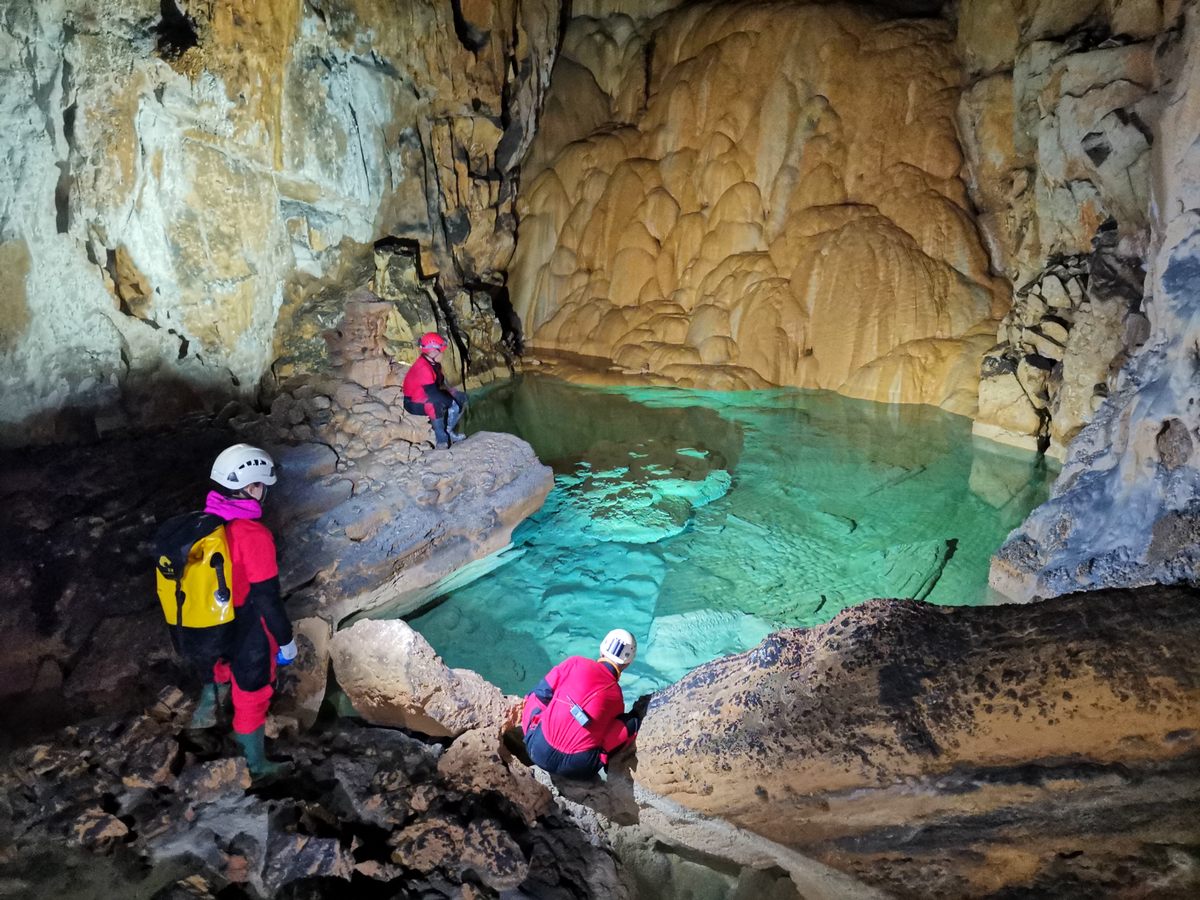
In the last few decades, adrenaline-packed cave exploration has grown to become a popular adventure sport in China, with hobby expedition clubs such as Chen’s bubbling up all around the country. Lured by the unknown and pushing human limits, Chen keeps returning to sinkholes. “There are many caves and tiankengs that have been unavailable to humans,” he says, “and you could be the first to be there.”
For Chen, a passionate explorer who’s been active since the late 1990s, the greatest reward of every expedition is as simple as coming back alive. “Every pit is different and is embedded with a lot of dangers, and in those situations, you need to make the best decisions to mitigate the risks,” he says.

Besides their value to science and for thrills, the sinkholes can be beneficial to local economies. Since the discovery of tiankengs in Leye, the impoverished town’s fortunes have turned. “Leye had one guesthouse, one street where locals sell their vegetables,” Chen says. “Before, it would take seven hours to reach the town from Baise, the nearest city.” The government poured millions into constructing a highway connecting Leye, and hotels rose to accommodate an increasing number of tourists seeking adventure in the pristine landscapes.
Zhang says there are still far more unexplored sinkholes than ones that have been documented in China. “‘The ‘Crow’ has identified almost a thousand sinkholes on satellite images, and we have only investigated fewer than 300 of them,” he says. “There are still many unsolved mysteries in China.”


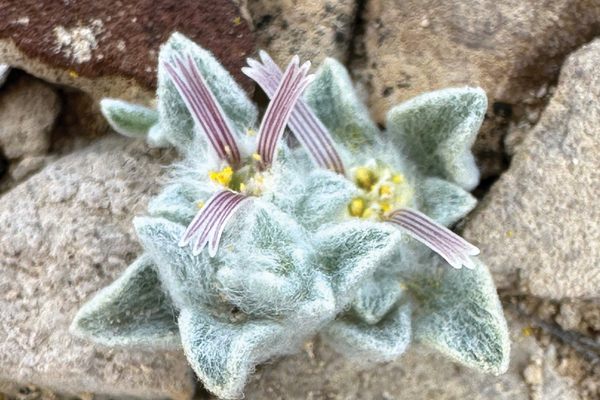









Follow us on Twitter to get the latest on the world's hidden wonders.
Like us on Facebook to get the latest on the world's hidden wonders.
Follow us on Twitter Like us on Facebook